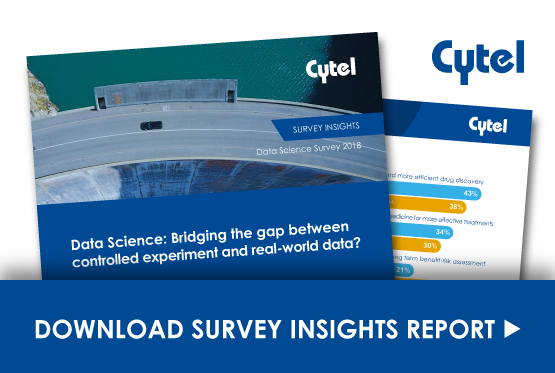Applying Biomarker Driven Strategies in Drug Development


Quantifying knowledge gained in early and late phases can help determine the sub-population that new therapies ought to target. This ensures that patients are kept safe while receiving therapies that are effective for them. Yet determining appropriate stratifications and relevant clinical endpoints for these populations can be challenging.Therefore, it is necessary for development strategies to incorporate explorations and determinations of suitable biomarkers early in the development of a new therapy.
Exploratory stages of a trial can use a number of quantitative strategies to pinpoint which subpopulations ought to be chosen for further testing, and to determine possible early biomarkers that may be used as early indicators of efficacy. Given that one of the primary reasons for Phase 3 failures is that primary and surrogate endpoints are not clinically meaningful, quantitative strategies in early phases can focus on clarifying risks associated with different endpoints. There are several ways in which this can occur. Model-based meta-analyses incorporate knowledge gained about biomarkers in exploratory trials to create a framework that helps to choose particular agents to take forward in a trial. A separate but equally important strategic initiative is to use early phase data about biomarkers to leverage in forecasting and simulation.
Such biomarker driven strategies in early phases have at least two functional uses for quantifying Phase 3 risks. Firstly, biomarker driven strategies in early phase trials can shed light on clinically useful endpoints. They can also help to create suitable go-no-go rules for interim decision-making later on. This is accomplished by using exploratory stages of a trial to investigate how biomarkers operate as surrogates for certain clinical responses, within parameters that bear in mind patient safety. Such decision rules can then inform when interim analyses take place in later stages of a trial, the conditions under which arms are dropped or trials are stopped, or other aspects of prospective planning.
In later phases of a trial, when certain subpopulations have been selected for special analysis, a combination of multi-arm and adaptive strategies can be useful in ensuring that the new device or medicine is suitable for the correct subpopulation. Adaptive population enrichment designs initially stratify by subpopulation, and then during interim analysis determine whether the trial should continue with the full population or the subpopulation designated by the biomarker.
Cytel's expert data science team supports clients with biomarker projects such as the example below:
Predictive Biomarker Signature Characterization

Our client was developing a new drug for complex neurodegenerative disease in pre-clinical development
The drug may be only effective for a particular subgroup of patients.
 The Strategy
The Strategy
The client needed to:
Generate a hypothesis on the molecular pathway and the targeted drug activity
Identify a biomarker signature defining potential response to the new drug.
 Cytel Advanced Analytical Solution
Cytel Advanced Analytical Solution
Cytel data scientists were engaged to narrow down and define the relationship of a pool of 35 molecular variables :
Step 1: Create visualization tools using Principal Component Analysis ( PCA) to narrow down the candidate biomarkers
Step 2: Refine biomarkers further using unsupervised learning clustering algorithms. The goal was to minimize cluster complexity and heterogeneity.
Step 3: Validate initial findings using a new dataset and semi-supervised clustering.
Outcome
The analysis produced a biomarker signature that was provided to the client for in-vivo validation.
Using these techniques the client was able to improve their chances of targeting the most promising subgroup for their therapy.
Interested in applications of data science in drug development? Click below to check out our industry report ' Data Science - Bridging the Gap Between Controlled Experiment and Real-World Data '. To learn more about our data science services click here.


